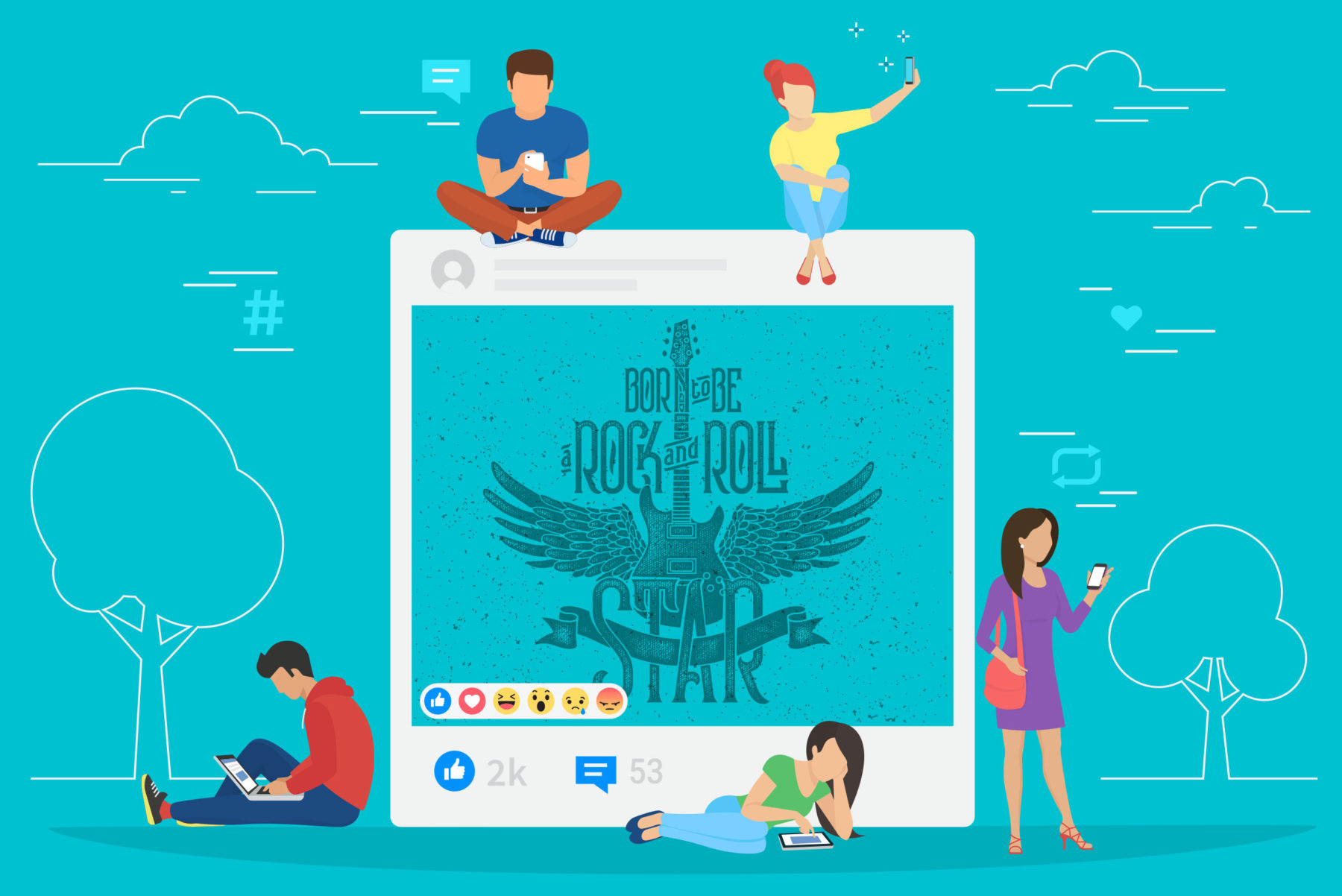
How to Rock your Social Media
Social media is not always a straightforward method
Unlike other marketing methods, social media allows consumers to engage with brands on their own terms. They can choose when, how, where, and if they want to see information coming from your company. Rather than being passive observers of something playing out in front of them, people can speak to the brands they use.
Few modern methods of communication have the impact that social media does, or that can pack a more powerful punch. Here are a few Do’s and Don’ts you can use to avoid common mistakes made by other companies.
Do – Create a social media plan, and stick to it.
Often, companies approach their social media organically. This is great, but having a written plan in place can boost the quality of your social media platforms. This plan should roughly outline when you’ll begin promoting events, topics you may want to address, or product releases. This will help your team keep from feeling overwhelmed, and avoid a time crunch for creating content.
Your social media marketing plan is also the perfect place to establish your measurable goals for your social media profiles. Rather than having abstract ideas of what you want to do, writing down these goals will keep you grounded in your efforts.
Do – Establish the metrics to track success.
How are you going to measure how well your social media platforms are doing over time? Social media is no different from other marketing methods – once you get your content up and live, that is not the end of your journey. When maintaining social media profiles, you’re investing time, energy, and money into this marketing outlet. You need to be able to measure your return on investment.
Don’t – Use social media solely as a platform to sell your product or service.
People follow you or like your page because they’re interested in what you have to offer, but if the only posts coming from your profile are sales pitches, it will fatigue your audience. Take time to add other types of content or share to other pages. This will encourage readers to engage in your page, and discourage them from unfollowing or hiding your feed.
Do – Take the time.
Set aside 20 – 30 minutes of each day to maintain your social media profiles. This doesn’t have to be for posting. Your team should use this time to converse with your clients, respond to reviews, and share content from related websites or feeds.
Don’t – Let your social media profiles die.
Too often when business picks up, companies let social media fall to the wayside. Don’t let yourself fall into this bad habit. It’s a big red flag to users when they see the latest post was from 5 years ago, making your brand look irresponsible or uncaring. If you can no longer support your profiles, it’s better to delete them than abandon them.
Do – Engage in more than one social media platform.
There are many benefits to having more that one social media profile. First, by only having one social media account, you may not be reaching the entirety of your audience. Second, posting different content across two or three platforms will encourage crossover audience, making users more engaged with your brand.
Don’t – Attempt to be on every social media platform.
Your target audience will not be on all platforms. Do the research to see how your clientele are using social media. Limit your usage to the places it seems most likely to connect with them. Attempting to keep up with five social media platforms is much more time consuming and ultimately not going to be as useful as honing in on the two most used by your consumers. The content will suffer, and end up not reaching as many relevant people.
Do – Remember that people like social media because it allows them to connect with each other easily.
If your clients know that you hear their voice, acknowledge their concerns, and feel that your brand is being transparent with them, they will be more likely lot continue engaging with your company. Television, radio, and most online advertising is a one-way conversation. Social media opens that conversation. Embrace that change and allow your audience to guide you through their needs.
Questions?